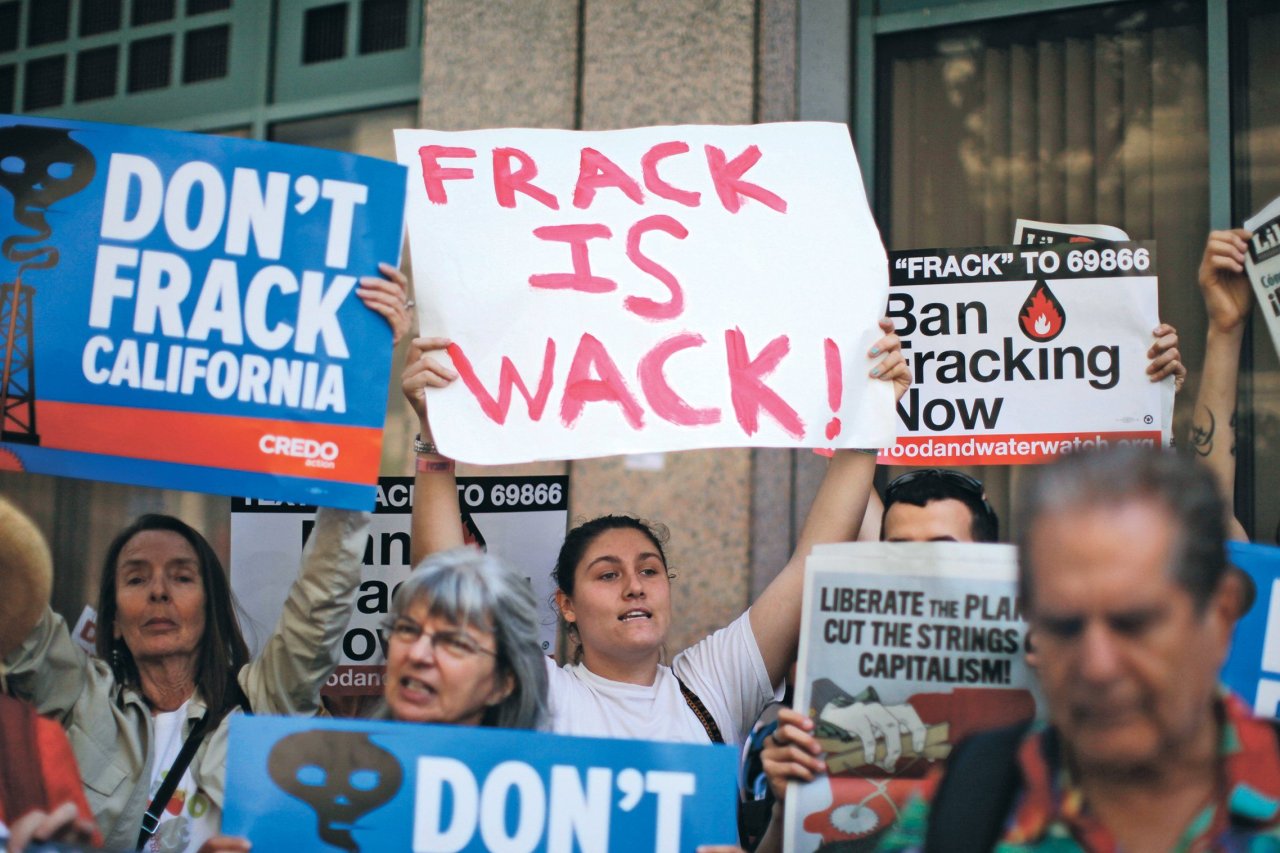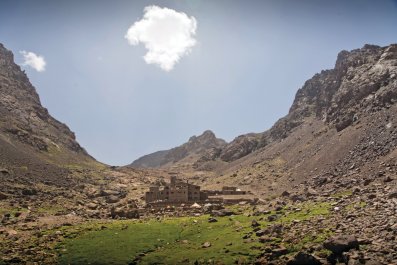WITH THE summer driving season now under way, it may be some consolation to those paying at the pump that by 2017 the United States will most likely be the biggest oil producer in the world. But that won't mean that gas gets a lot cheaper, and there are other kinds of costs. According to a new study out of the Harvard Kennedy School, global prices have to hold steady above $65 a barrel to make it worthwhile for America to outstrip Saudi Arabia by producing 16 million barrels a day of conventional petroleum, liquefied natural gas, biofuels, and—here's the key—shale oil, which is extracted by blasting apart underground layers of rock and injecting chemicals in a process knowing as fracking. It's a rapacious business. As Leonardo Maugeri points out in the report, shale-oil wells reach peak production in just a few weeks, then fall off dramatically. New ones have to be drilled constantly. Last year alone, 45,468 wells were completed in the U.S., compared with 3,921 in all the rest of the world (apart from Canada). So, yes, "energy independence" may well be on the horizon, but so are landscapes perforated like pincushions.
Fill 'Er Up: America's Coming Energy Independence





























